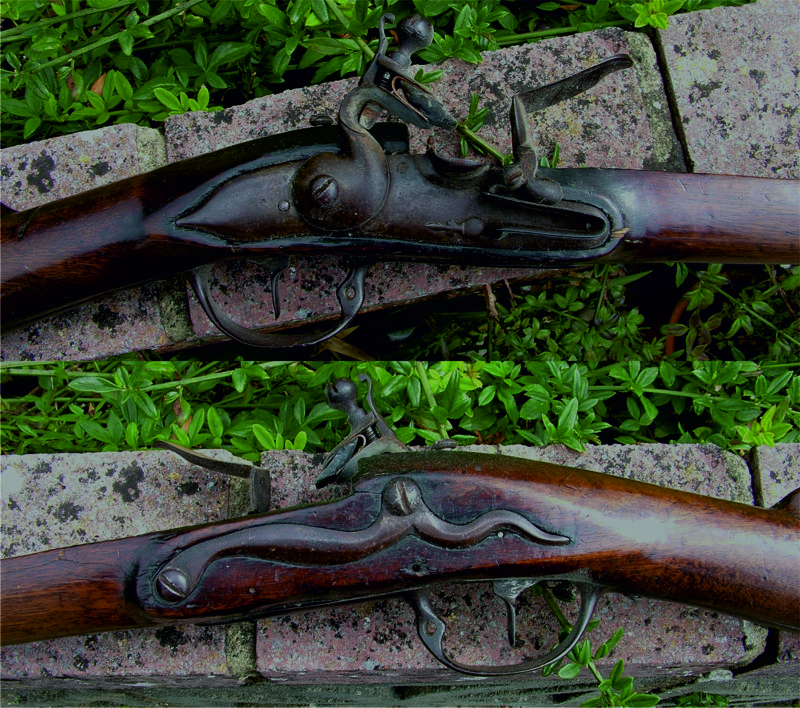Note: My Uncle "Ollie" was a resourceful man & is credited with building the first powered fishing boat for a Delaware County commercial fisherman sometime before Statehood in 1907.
(Needing a suitable engine, the rode his mule to Miami, OK, measured a "slow-speed plant" that was used at a flour mill there, returned to Grove, built a copy of the 1-cylinder "oil engine" & "from scratch", constructed the wooden 23 foot hull & completed the boat for his customer.)
According to THE GROVE SUN newspaper's JOURNAL OF EARLY OKLAHOMA (Published JAN 2007), the boat worked well for "pulling nets" (& for market hunting for waterfowl, as long as market hunting was lawful). "on the Cowskin River & was used in that fishery until about WWII."
He was also "well-known" in IT/OK for making "- - - ornate & beautifully constructed wrought-iron gates, fencing & other ornamental items of use by the gentry", including (it is believed, though I've NOT found documentary proof) the fence at the OK Governor's Mansion.
I've said all of this to say that there were MANY multi-talented tradesmen "on the frontier" (wherever "the frontier" was at any given period) & who crafted items that could otherwise not be procured locally.
yours, satx






